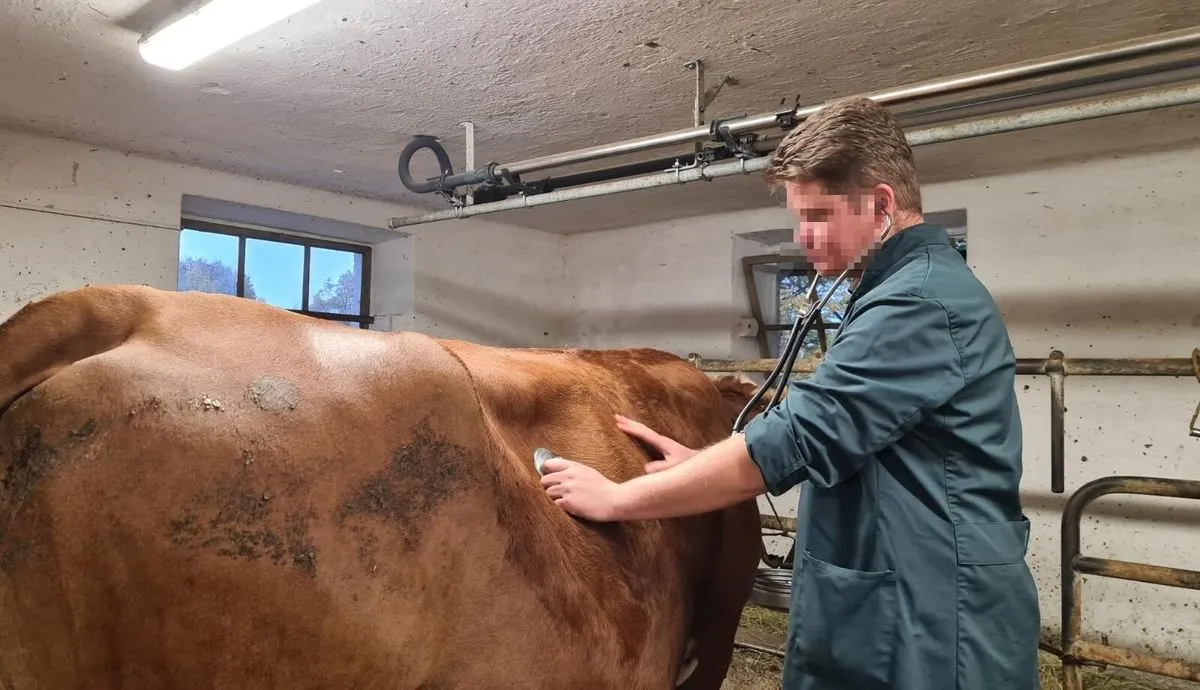Austria Reports Bluetongue Outbreaks, Including New Variant Spreading in Europe
Austria has detected two bluetongue disease outbreaks on cattle farms, including the rapidly spreading BTV3 variant. Sweden also confirmed BTV3 cases, prompting vaccination efforts across affected European nations.

Austria has recently identified two instances of bluetongue disease on cattle farms, as reported by the World Organisation for Animal Health (WOAH). One of these outbreaks involves the BTV3 virus, a new variant that has been rapidly spreading across northern Europe since late 2023.
Bluetongue disease, first discovered in South Africa in the late 19th century, poses a significant threat to domestic ruminants such as sheep, cattle, and goats. The disease is caused by the bluetongue virus (BTV), of which there are 27 known serotypes. It is transmitted by biting midges of the Culicoides genus and can be fatal to affected animals.
The WOAH, citing Austrian authorities, stated that the BTV3 outbreak occurred on a farm with 19 animals in the western town of Bregenz. Additionally, an outbreak of the older BTV4 virus was reported on a cattle farm housing 56 animals in Leoben, central Austria.

These outbreaks are part of a larger trend, as Sweden also confirmed two cases of BTV3 in the week leading up to September 16, 2024. The spread of bluetongue has prompted widespread vaccination campaigns in affected countries, including France.
Bluetongue is a non-contagious disease that does not affect humans but can have severe economic impacts on the livestock industry. Symptoms in infected animals may include fever, facial swelling, and a characteristic blue-tinged tongue. The incubation period typically ranges from 5 to 20 days.
Climate change has contributed to the spread of bluetongue to new regions, as the virus can survive winter in temperate areas through a process called overwintering. This has led to its classification as a notifiable disease in many countries.
While cattle often act as reservoirs for the virus without showing clinical signs, mortality rates can reach up to 70% in susceptible sheep populations. Vaccination remains an effective control measure, but it must be specific to the serotype present in the affected area.
As European nations continue to grapple with the spread of bluetongue, particularly the new BTV3 variant, ongoing surveillance and targeted vaccination efforts will be crucial in managing the disease and protecting livestock populations.


































